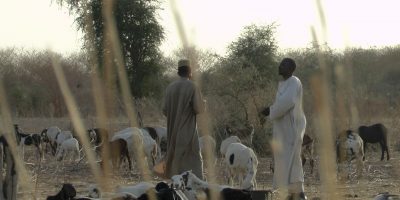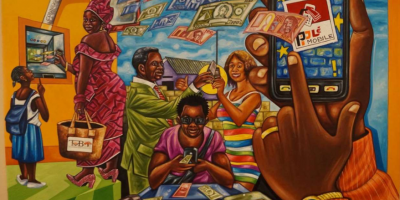Information flows along the CAR-DRC border
Since time immemorial rumours have connected people. Rumours play different social roles and act as sources of alternative information, both verified and non-verified. They vent potential frustrations, amuse and entertain. Rumours bring people together as well as set them apart. Discourse, on the other hand, refers to the voice embedded in a medium, such as an international news website or several forms of social media. Discourse is part of a specific politico-cultural framework, expressing the value judgements of that framework. It translates its (hidden) agenda. Discourse is, therefore, never neutral.
The introduction of new ICTs influences the way in which information is spread: it travels faster, further and more easily across borders. By looking at how information ‘flows’, we can learn more about the interplay between the local and the global. Local rumours are prone to travel through the Internet while global discourses are integrated and domesticated in local worldviews.
By researching this interplay, her study addresses two main questions:
(1) How does connectivity contribute in shaping the decisions that individuals, along the shores of the Ubangui, take as they try to navigate in times of unrest?
(2) How is discourse manipulated to legitimate (international) political action and what is its resonance at the local level? And, conversely, how do local discourses travel in cyberspace?
Whilst in the field you can follow Catherina on her blog.
Get more stuff like this
in your inbox
Subscribe to our mailing list and get interesting stuff and updates to your email inbox.


